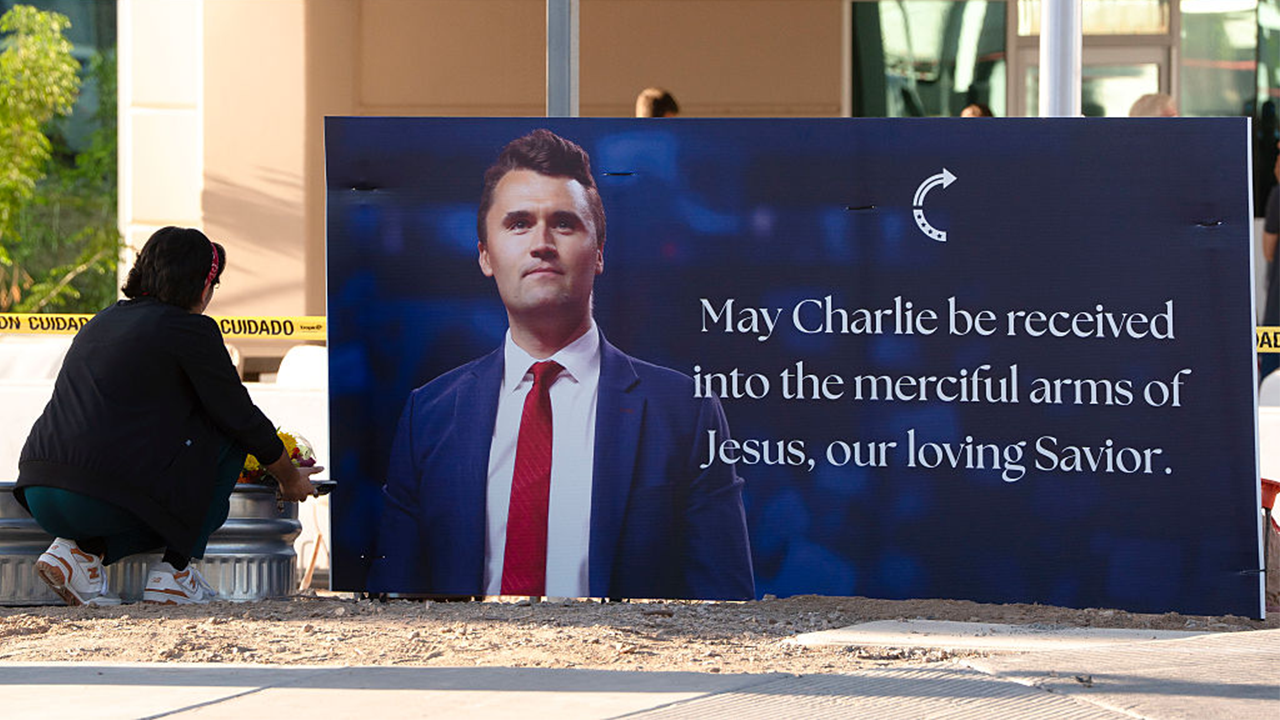Dead on arrival: Army pulls plug on M10 Booker light tank

The Army has spent well over a billion dollars on a light tank the service is now terminating, just as the program was slated to enter into full-rate production.
The M10 Booker was going to be the first new combat vehicle to enter the force in four decades.
The service noted its plans to cancel the M10 Booker procurement in a memo issued at the start of last month and on June 11 officially announced the program’s end.
“In response to current world events and in support of the strategic objectives outlined in the Army Transformation Initiative, the U.S. Army has issued a termination for convenience of the current low-rate initial production of the M10 Booker combat vehicle and will not enter into full-rate production as originally planned,” the Army said in a statement.
The Army set out to fill a lethality gap in its infantry formations, and following analysis spearheaded by Lt. Gen. H.R. McMaster, who led the Army’s future-focused efforts within Training and Doctrine Command, the service decided it needed what it called a Mobile Protected Firepower vehicle. The new light tank would offer greater survivability and lethality against enemy machine guns and light armor, but could also be air-dropped from a C-130 aircraft.
Ultimately, the requirements became heavily focused on a vehicle that could be survivable in varied terrain, requiring a tracked ride, and also more lethal, which did not translate to a vehicle that could be air dropped.
“This concept of sunk cost fallacy, it is a thing that human beings generally struggle with, which is if you’ve invested a lot in the past, and we do this in our personal lives, you get anchored to things that are suboptimal for the future,” Army Secretary Daniel Driscoll told Defense News in a June 9 interview at the Pentagon.
The Booker was “intended to be a light tank that served all of these new purposes,” he said. “It ended up medium. I don’t think the manufacturer liked it all that much, and we, the Army as a customer, kind of helped create this Frankenstein that came to be.”
Historically, the Army would have continued to acquire it, despite not being all that excited about it, Driscoll said. “We would have just made it work.”
But, the service is now trying to accept it “got it wrong,” Driscoll said.
The Army had originally planned to spend over $4 billion on the program, according to a review of past service budget documents. The service would have bought between 362 and 504 systems.
Original predictions for research and development costs early in the program fell in the ballpark of $1 billion, but as the Army decided to award a low-rate production contract earlier than planned to General Dynamics Land Systems following a rapid prototyping competition with BAE Systems where both delivered a number of vehicles for assessment with soldiers, the total R&D cost ended up somewhere between $349 million and $460 million, according to budget documents.
The Army has so far spent at least $1 billion to build M10 Bookers. Booker turrets are built at GDLS’ Lima, Ohio, plant and hulls are built in Saginaw, Michigan. Final assembly is performed at Anniston Army Depot in Alabama.
The cost assessment does not include the possibility of additional costs that would have been associated with a side effort under consideration to procure a new recovery vehicle appropriate for the M10 Booker.
According to the latest budget documents, the Army ordered 84 vehicles between fiscal year 2022 and FY24. Another 33 vehicles were planned to be ordered in FY25. The low-rate initial production order total was 96 vehicles.
An Army spokesperson said the service will not stop low-rate production abruptly. “There are a number of M10 Bookers currently in final stages of production that will be accepted by the Army,” the spokesperson said in a statement to Defense News.
The Army has 26 Booker production vehicles on hand, the spokesperson said. “The final number of M10 Bookers will be determined once those that are in final stages of completion are accepted by the Army.”
The service is known for its slow-paced acquisition efforts, but the Mobile Protected Firepower program went at a risky, fast pace. This meant industry brought designs to the table that were mature – both GDLS and BAE Systems based their designs off of fielded chassis.
Initial prototypes from both competitors were delivered in 14 months from contract award so that soldiers could spend more time assessing the options in robust evaluations.
“The Army will request to reallocate the remaining funds in fiscal 20205 to accelerate fielding of war-winning capabilities and anticipates additional significant savings to be fully realized within the next 18-24 months,” the Army statement noted.
“The ongoing contract termination process will ultimately determine the disposition of the remaining assets,” the Army added.
Jen Judson is an award-winning journalist covering land warfare for Defense News. She has also worked for Politico and Inside Defense. She holds a Master of Science degree in journalism from Boston University and a Bachelor of Arts degree from Kenyon College.
Read the full article here









